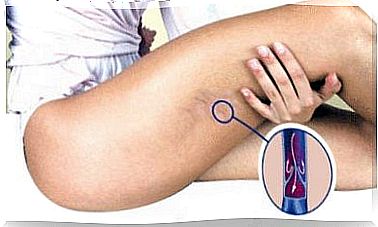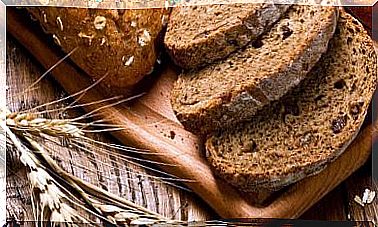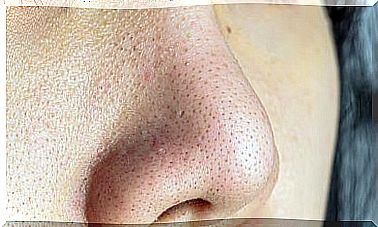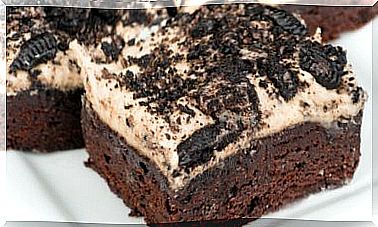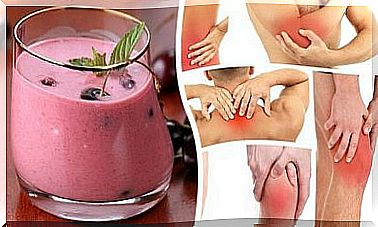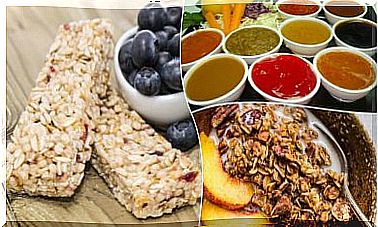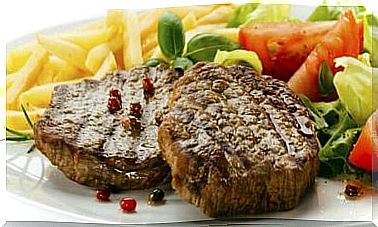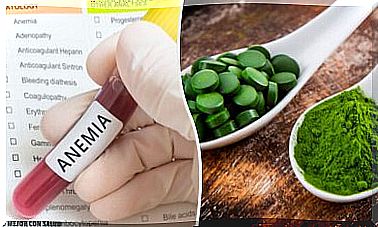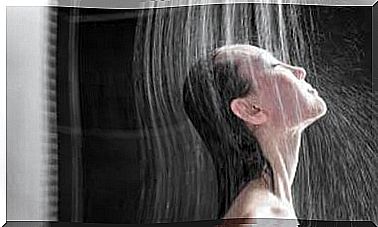How To Alleviate Styes With These 7 Natural Remedies
Although all the remedies are very effective in relieving styes, it is not recommended to combine them, as they can trigger adverse reactions
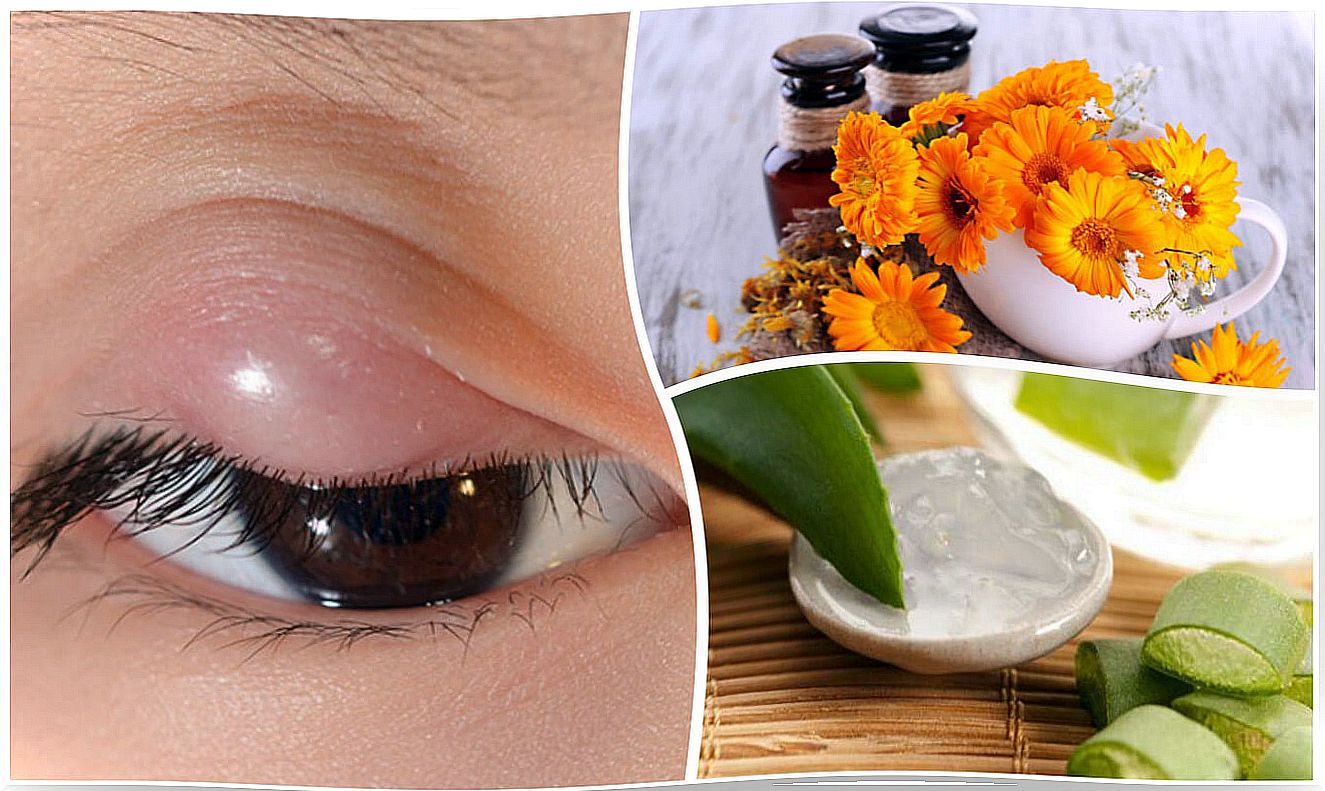
Styes are small bumps that are caused by inflammation of an oil gland found in the eyelid. Would you like to learn how to relieve styes naturally?
These are manifested through a pimple or lump that is usually tender to the touch and, almost always, is accompanied by excess tearing, sensitivity to light and discomfort within the eye.
If you have ever suffered from this inflammation, you know that it is very annoying and that it is recommended to visit the ophthalmologist for timely treatment. However, there are some home remedies that could help relieve styes.
Why do styes appear?
The American Academy of Ophthalmology notes that the most common cause is the proliferation of bacteria of the species Staphylococcus aureus (staphylococcus), although other pathogens are also sometimes involved.
Although they usually develop in a short time and tend to heal spontaneously in a matter of days, they are quite annoying due to inflammation and are considered unsightly.
Ayurveda medicine holds that some natural remedies would facilitate your recovery process. Next, we will tell you what they are and whether or not they have scientific endorsement.
Remedies to relieve styes
Before discovering the natural remedies that could help you, you should know that sometimes the stye needs antibiotic treatment. For this reason, beyond the use of natural options, medical consultation is necessary. In addition, you must bear in mind that even natural products can generate adverse reactions.
1. Warm compresses
Applying warm, moist compresses to styes would be helpful in softening the blockage in the sebaceous gland duct. Its use would reduce inflammation, soothe the itchiness and reduce the irritation that it causes in the eyelid.
What should you do?
- First, moisten a clean cloth in hot water and apply it to the affected area for 10 minutes.
- Lastly, repeat the same procedure three or four times a day.
2. Infusion of parsley
The external use of parsley infusion is usually highly recommended to relieve styes, since it is believed that it would have anti-inflammatory and soothing properties that would help reduce the size of the bump on the eyelid.
An investigation titled Antifungal and antibacterial activities of Petroselinum crispum essential oil concluded that frizzy parsley essential oil has an antibacterial effect, while another group of researchers noted that parsley extract showed anti-inflammatory properties in rats. More studies would be necessary to corroborate these data.
What should you do?
- First, prepare an infusion of parsley leaves and, when it is at a bearable temperature, apply it to the eyelids with a piece of cotton or a clean cloth.
- Finally, let it act for 10 to 15 minutes and repeat it up to three times a day.
3. Chamomile tea bags
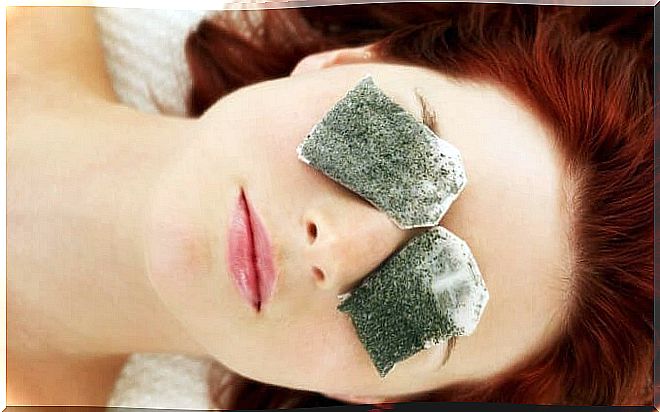
Various studies, such as this one from 2010, have concluded that chamomile tea has anti-inflammatory properties. For this reason, natural medicine experts often advise the use of chamomile bags over the eyes to relieve styes.
Its direct application would reduce the size of the lump and fight the bacteria that cause the infection, due to its antimicrobial effect. While this effect has not been proven in tea, there is data on chamomile essential oil, as noted in the Antimicrobial Activity of Chamomile Essential Oil: Effect of Different Formulations.
What should you do?
- First, moisten the chamomile tea bags in boiling water and when they reach a moderate temperature, place them over your eyes.
- Then let them act for 15 minutes.
- Use it two or three times a day.
4. Turmeric
Turmeric is one of the spices most used by Ayurvedic medicine to reduce inflammatory processes. In fact, research on this effect has indicated that its main ingredient, curcumin, would be responsible for controlling inflammation by preventing oxidative stress.
On the other hand, the existing data to date explain that turmeric also has antimicrobial, antiviral and antifungal properties. Thus, it would be useful to relieve styes.
Ingredients
- 1 teaspoon of turmeric powder (5 g).
- 1 cup of water (250 ml).
What should you do?
- First, place a teaspoon of turmeric powder in a cup of hot water and, when it sits, rub it around the affected eye with a clean gauze or cloth.
- Use the infusion two or three times a day.
- Also, you can apply the mixture with a dropper on the affected area.
5. Aloe vera
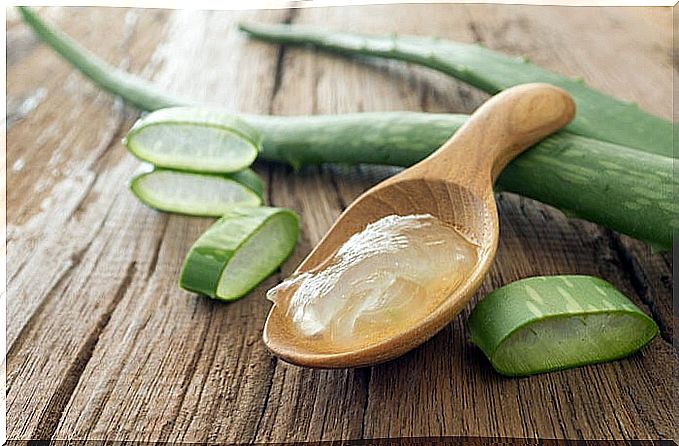
The prodigious crystals contained in the aloe vera plant would be allies to accelerate the recovery from this problem. Rich in antibacterial and moisturizing substances, its external application would fight infection and facilitate the relief of the lump.
What should you do?
- First, extract the crystals contained in the aloe vera leaf and use them to massage the eyelids.
- Then, let it act for 5 minutes and rinse.
- Finally, optionally, moisten a cotton ball with natural aloe juice and rub it on the affected area.
6. Cucumber
Cucumber is a vegetable rich in water and antioxidants with anti-inflammatory properties that may help relieve styes. The truth is that no studies have been found to corroborate these theories.
What should you do?
- First, cut several cucumber slices and place them on the affected eyelids.
- Then wait for 5 minutes to work and repeat up to four times a day.
7. Calendula
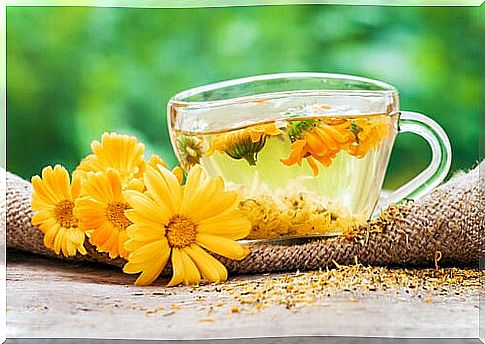
Calendula is a plant with proven antibacterial properties that would favor the relief of the symptoms caused by the obstruction of the sebaceous gland of the eyelids.
Its application through compresses would reduce inflammation and redness, and avoid itching and pain. Either way, medical consultation is recommended before use.
What should you do?
- First, prepare some marigold flower infusion. Let it sit until it is at a temperature suitable for the skin and apply it using compresses.
- Use it three times a day until the problem is alleviated.
See your ophthalmologist for treatment
Beyond the fact that these natural remedies could help alleviate the discomfort caused by styes, it is best to visit the ophthalmologist to obtain a proper diagnosis and treatment.
On the other hand, it is worth noting that natural remedies can cause allergic reactions or interact negatively with medications. Consult your doctor before using them.
